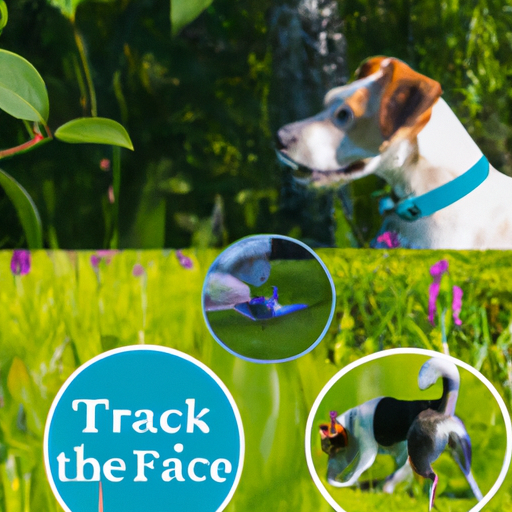Introduction
You love your furry friend, and as a dedicated caregiver, it’s up to you to ensure they’re protected from the pesky plight of fleas and ticks. These tiny tormentors can lead to discomfort, disease, and general distress for your beloved pet. Let’s explore together the best options for flea and tick prevention for dogs, so you can keep your four-legged family member healthy and happy.
The Importance of Flea and Tick Prevention
Fleas and ticks are more than just nuisances; they pose significant health risks to your pet. Fleas can cause allergies, skin irritation, and even transmit tapeworms. Ticks carry diseases like Lyme disease and Rocky Mountain spotted fever, which can lead to serious complications if left untreated.
As a caregiver, you know prevention is better than cure. So, let’s dive deeper into the best methods for preventing these unwelcome pests.
Top 5 Flea and Tick Prevention Methods
Here are the top five flea and tick prevention methods to consider:
- Topical Treatments: These are liquid medications applied directly to your dog’s skin, typically between the shoulder blades or at the base of the neck.
- Oral Medications: These come in the form of chewable tablets and offer a mess-free alternative to topical treatments.
- Collars: These are impregnated with chemicals that repel fleas and ticks. They are a long-lasting, albeit less effective, option.
- Shampoos and Sprays: These can provide immediate relief but require more frequent application.
- Natural Solutions: If you prefer a chemical-free approach, consider natural solutions like essential oils or vinegar, though their effectiveness varies.
| Method | Efficacy | Duration | Ease of Use |
|---|---|---|---|
| Topical Treatments | High | 1 Month | Moderate |
| Oral Medications | High | 1 Month | High |
| Collars | Moderate | 6-8 Months | High |
| Shampoos and Sprays | Low | Few days | Low |
| Natural Solutions | Varies | Varies | Moderate |
Selecting the Best Prevention Method
Choosing the best method depends on your dog’s lifestyle, your personal preferences, and your vet’s advice. For example, if your dog is highly active and spends a lot of time outdoors, a high-efficacy method like topical treatments or oral medications may be best. Consult with your vet to find the best fit for your furry friend.
FAQs
Q: How often should I apply flea and tick prevention?
A: Most treatments need to be applied monthly, but it can vary. Always follow the instructions on the product label.
Q: Can I use multiple prevention methods at once?
A: It’s best to consult with your vet before combining treatments, as some may interact negatively.
Q: Are there any side effects to these treatments?
A: Side effects are rare but can include skin irritation or gastrointestinal issues. If your dog shows signs of distress after treatment, contact your vet immediately.
Your dog’s wellbeing is your top priority, and with the right flea and tick prevention methods, you can ensure they stay safe from these pesky parasites. Always consult with a professional when making health decisions for your pet, and remember, every dog is unique, so what works best for one might not work as well for another. Take the time to understand your dog’s needs, and you’ll be well on your way to a flea and tick-free life together!



